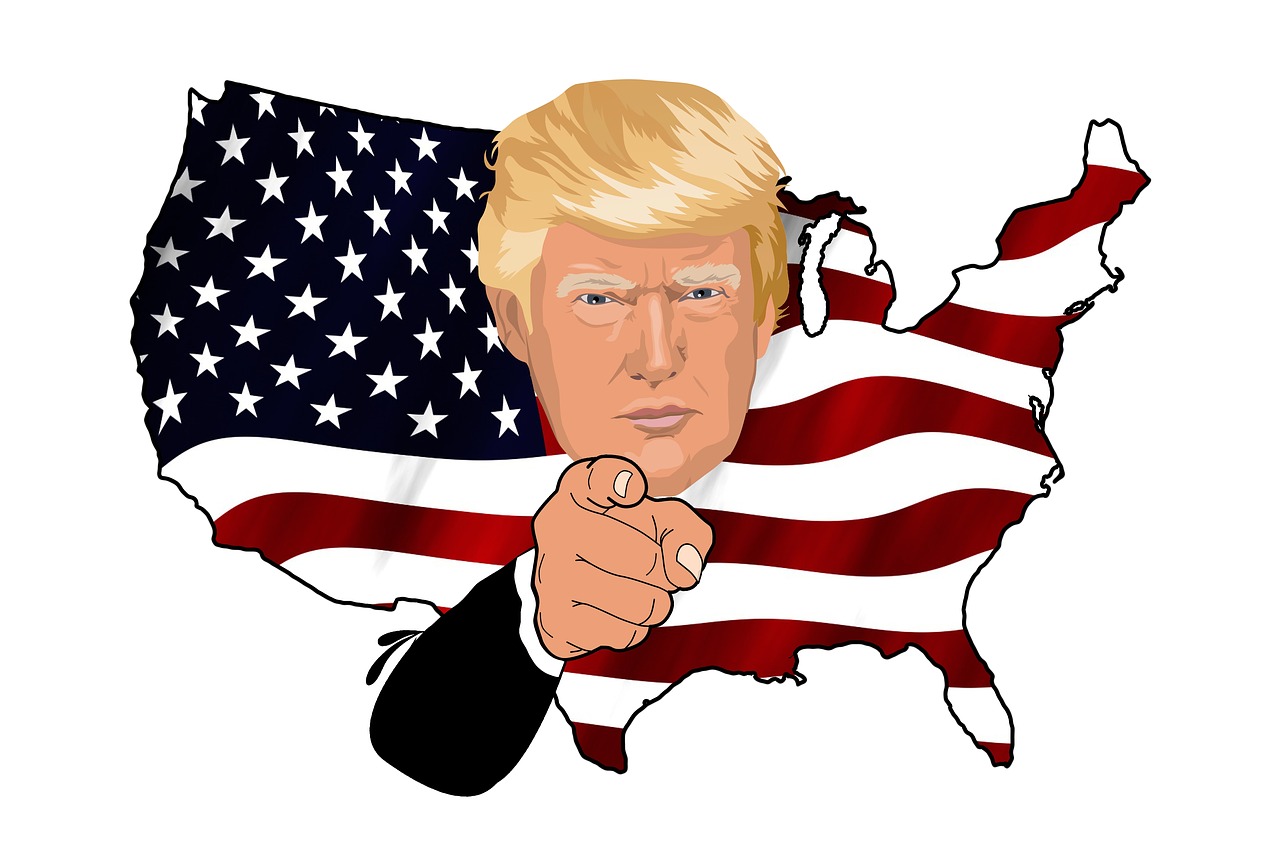
On March 4th, this year, in a letter addressed to the United States, President Donald Trump discussed plans to end the trade benefits extended to India under the Generalised System of Preferences (GSP) programme.
Now before we delve deeper into the issue, it is extremely crucial to first understand what GSP actually is. According to the Office of the US Trade Representative, the trade preference programmes such as GSP is used to provide opportunities for many of the world’s poorest countries to use trade to grow their economies and climb out of poverty. This preferential tariff system extended by the developed countries to the developing ones allows concessional low/zero tariff imports from the latter. The objective of GSP does not end here.
Providing development support to poor countries by promoting exports from them into the developed ones also falls under its purview. In addition, GSP also boosts American competitiveness by reducing costs of imported inputs used by US companies to manufacture goods in the US.
India happens to be the largest beneficiary of the GSP programme as it has brought the country an annual “actual benefit” of just $190 million. Therefore, this removal is expected to leave although not huge but a reasonable impact on the nation as the country enjoyed preferential tariff on exports worth of nearly $5.6 billion under the GSP route out of the total exports of $48 billion in 2017-18.
Although the Indian Export industry has outrightly said that it will not feel the pinch of the GSP removal, as the loss for the industry amounts to only about $190 million on exports of $5.6 billion falling under the GSP category, specific sectors will bear a heavy brunt with gem and jewellery , leather and processed goods to name a few. The loss, for instance, in the export of rice, might even exceed 10%. The landed price of goods from India should be remaining the same as it was before the GSP was removed because if that doesn’t happen, the consumers of those products in the US will unambiguously shift to the producers who enjoy the GSP benefits and hence are able to offer lower prices.
The US Concern regarding GSP continuation to Developing Countries had begun with the fact that many observers believing that bilateral commercial ties could be more extensive if trade and investment barriers were addressed. President Donald Trump’s case on what he calls “unequal tariffs” from India rests on the trade relationship in favour of India: Indian exports to the U.S. in 2017-18 stood at $47.9 billion, while imports were $26.7 billion. Trump Administration has criticized India for a range of unfair trading practices. U.S. officials have come up with the decision on data localization for all companies operating in India, and the more recent tightening norms for FDI in e-commerce have aggravated the situation.
In retaliation, India proposed tariffs of about $235 million on 29 American goods, but has been putting off implementing these five times in the past year in the hope that a negotiated trade settlement will come through. The two sides differ on how to balance IP protection to incentivize innovation and support other policy goals, such as access to medicines. India’s IP regime remains a top concern for the United States, which designated India again on its“Special 301” Priority Watch List for 2017. India had also attempted to address the trade deficit with purchase of American oil, energy and aircraft. There have been dozens of rounds of talks between officials over the past few months, but no breakthrough.
What lies on the fate of our nation in terms of trade will depend on what lies on US’s cards next. The best we can do now is protect our valuable small and medium industries who lack enough investment to overcome the loss incurred.
Bidisha Bhattacharya works ScrollStack. Prior to
this she was a Consultant to the Fifteenth Finance Commission, Government of India and has worked as a Political Researcher in Prashant Kishor’s Strategic Research and Insights (SRI) team at I-PAC.